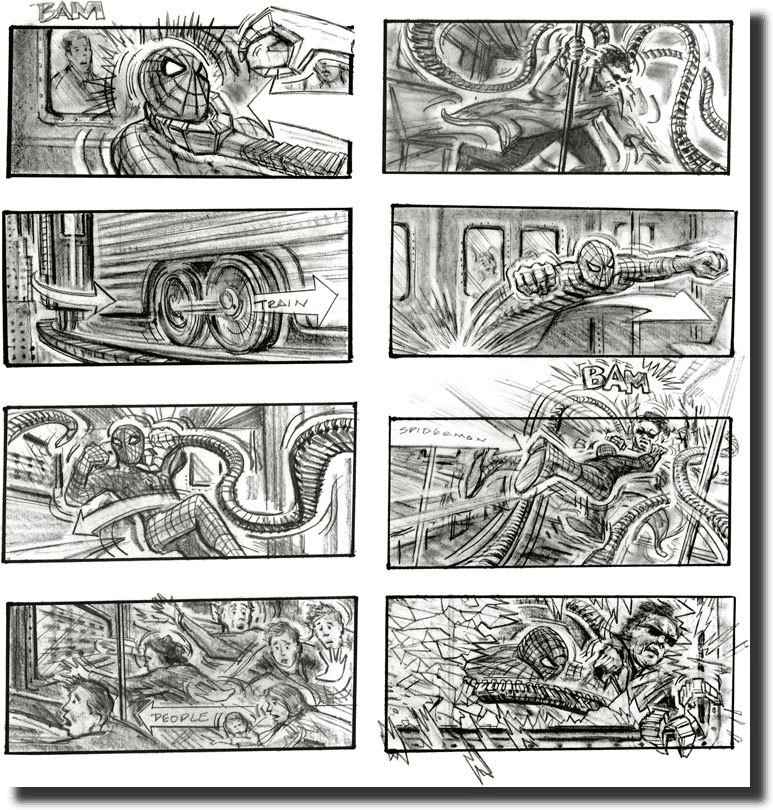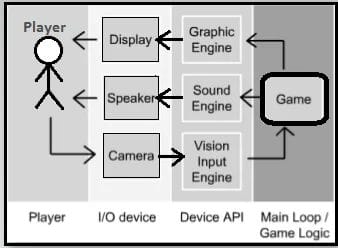A game design document (GDD) is a highly detailed document created by game developers to fully define the game they’ve created or plan to create, usually as part of a pitch to a video game publisher. The GDD comprehensively describes all the integral elements of a game, including the story, gameplay mechanics, characters, level design, interface, art style, and more.
Game Design Document (GDD) definition

A GDD serves many crucial purposes throughout the game development lifecycle:
- Defining the game vision – The GDD allows the development team to align on the high-level vision and core pillars of the game.
- Communicating the game design – The GDD thoroughly explains the game design to team members and stakeholders.
- Guiding development – The GDD serves as the “source of truth” for development, ensuring the team builds the intended experience.
- Pitching the game – The GDD is used to demonstrate the game concept when pitching to publishers.
- Onboarding new team members – The GDD gets new hires up to speed on how all the game elements fit together.
Key Elements of a GDD
While the structure and contents of a GDD will vary based on the game, some typical elements include:
Game Overview
- Elevator pitch – A short “elevator pitch” style summary of the core game concept and experience.
- Platforms – The platforms/devices the game will release on.
- Target audience – Details on the intended audience and demographics.
- Genre – The genre(s) of the game.
- Core gameplay pillar – The defining gameplay element/ mechanic that makes the game unique.
- Key features – Bullet list of the game’s standout features.
- Influences – Games, movies, or other media that inspired the design.
Story and Setting
- Story synopsis – High-level overview of the narrative, plot, and key characters.
- Backstory – Detailed background information to establish the game world.
- Key characters – Descriptions of main characters and their arcs.
- Storyboards – Visual sequences illustrating important story moments.

Gameplay and Mechanics
- Core gameplay loop – Summary of the repeating core gameplay cycle.
- Mechanics – Explanations of each gameplay mechanic and system.
- Challenges – Details on key challenges and obstacles for the player.
- Gameflow – Outline of gameplay pacing, highs and lows, teach vs do, etc.

<!–insert image illustrating game mechanics–>
World and Levels
- World overview – Summary of the game world, locations, architecture, etc.
- Levels – Descriptions of each level along with maps, diagrams, and objectives.

Interface and HUD
- Wireframes – Mockups showing interface layouts and button placement.
- HUD – Details on heads-up display elements like health, map, inventory, etc.
- Camera – Explanation of camera placement and behavior.
- Control scheme – Description of controls on each platform.

Art and Visuals
- Art style guide – Examples of color palettes, models, textures that define the look.
- Concept art – Illustrations of characters, environments, props.
- Technical specifications – Tech specs like polygon budgets, texture sizes, etc.

Audio and Music
- Sound effects – Examples of key sound effects tied to actions.
- Music – Overview of music themes and how they set mood.
- Voice overs – Details on character voices and dialogue.
Technical Design
- System architecture – Diagram of game engine, server structure, APIs, etc.
- Rendering and graphics – Technical details on rendering, shaders, VFX, etc.
- Physics – Overview of physics systems, collisions, etc.
- Multiplayer – Explanation of multiplayer functionality and networking.

<!–insert system architecture diagram–>
Production Details
- Milestones schedule – Major milestones and target dates.
- Team structure – Breakdown of roles across disciplines.
- Outsource partners – External partners assisting with assets.
- Risks and mitigation – Assessment of risks and how to address them.
Best Practices for GDDs
When creating a game design document, keep these best practices in mind:
- Write for the intended audience – Gear the language and amount of detail towards publishers, the team, etc.
- Maintain brevity and clarity – Be concise and get straight to the point when possible.
- Prioritize visuals – Illustrations, diagrams, and mockups go a long way.
- Review and revise – Continuously update and improve the GDD as the game evolves.
- Use consistent formats – Standardize formats for specific sections to aid comprehension.
- Keep it centralized – Use a single source document that is the shared reference.
- Manage revisions – Use version control and highlight changes between updates.
GDD Templates
Many game studios use GDD templates to standardize structure and ensure consistency across projects. Some common sections in a GDD template include:
- Game Overview
- Story and Setting
- Gameplay and Mechanics
- Progression and Economy
- World and Levels
- Interface and Controls
- Technical Design
- Art and Visuals
- Audio and Music
- Marketing and Monetization
- Team and Schedule
- Risks and Mitigation
- Appendix/Glossary
Templates are tailored to studio standards and project needs. The goal is to find a template that captures all required info without being overly rigid.
Sample GDD Excerpt
Here is an example excerpt from the Gameplay and Mechanics section of a GDD for an action RPG:
Gameplay and Mechanics
Combat
Combat in the game is real-time and relies on combining varied melee attacks with powerful magic spells. Players use the following main actions:
- Quick Attack – Fast weak melee strike with short range. Builds mana slowly.
- Strong Attack – Slow powerful melee strike with long range. Costs mana to use.
- Block – Mitigates incoming damage when timed properly. Drains mana over time.
- Dodge – Quick evasive roll in any direction. Breaks enemy target lock.
- Spells – Powerful magical attacks with cool down timer. Multiple elemental spells to learn.
Enemies have vulnerability to specific damage types like fire, ice, etc. Players must learn enemy weaknesses and switch up attacks accordingly.
Character Progression
As players gain XP and level up, they unlock points to spend on the following:
- Health – Increases health pool to absorb more damage.
- Mana – Increases mana pool to cast more spells.
- Stamina – Improves stamina for blocking, dodging, and strong attacks.
- Strength – Increases melee damage.
- Intellect – Boosts spell damage.
This example provides an overview of key combat mechanics and how the player’s character will progress. The details help establish the dynamics of combat and player growth for the development team.
GDD Case Study – Destiny
Destiny is an influential multiplayer FPS with RPG elements developed by Bungie and released in 2014. Early in development, the team created an extensive GDD to define the vision for Destiny and get buy-in across the studio.
The Destiny GDD was over 200 pages long and described details ranging from story beats to loot systems. The document contained extensive illustrations and visuals to maximize clarity.
Bungie credits the GDD for aligning the team on Destiny’s core pillars:
- Become Legend
- Cooperative Gameplay
- Rewards Players Love
- Accessible Yet Deep
- Enjoyable For All Skill Levels
Destiny’s GDD also established the “30 seconds of fun” mandate – that the core gameplay loop should offer exciting moments every 30 seconds. This mandate helped focus the development on creating a rewarding action loop.
While Destiny’s scope shifted over time, the GDD was instrumental in building a strong shared vision and shaped many of the game’s standout features.
Conclusion
A comprehensive GDD is a critical artifact that brings together gameplay, story, art, audio, tech, and other game elements into a cohesive whole. An effective GDD both communicates the overall vision and details every design element, guiding the development team at each stage of the project lifecycle. With detailed GDDs, game studios can ensure their creative visions translate successfully from concept to finished product.
If you want to know more definitions then check our glossary, and for more interesting articles on the games industry then check our blog
« Back to Glossary Index



